The RAM manufacturer G.Skill has managed to overclock their new Trident Z5 memory modules to DDR5-7000 with timings 40-40-40-76 on the new Intel Alder Lake platform and also verified this as stable with over 100% coverage in the HCI Memtest. Two 16 GB modules with Samsung memory chips are used together with an unspecified Intel 12th Gen CPU and an Intel Z690 motherboard. Judging by the signature of the pictures shown, however, the latter is likely to be the Maximus Z690 Apex from Asus.
In the screenshot shown by G.Skill, some information can be gleaned from the CPU-Z tabs, such as the total capacity of 32 GB, controlled via “Quad” channel. This can be explained by Alder Lake’s modified RAM topology, which uses two dedicated memory controllers, each with two sub-channels of 32 bits. Furthermore the clock of the memory controller is set to 1750 MHz, which together with the RAM clock of 3500 MHz indicates the Gear 2 mode, thus a ratio of 1:2 between memory controller and RAM.
Intel had already introduced this gearing with the previous Rocket Lake CPU generation to enable higher clock rates for RAM at the expense of access latency. Speaking of which, in addition to the primary timings tCL 40, tRCD 40, tRP 40, tRAS 76 and tRC 116, the Command Rate is set to 2T. This effectively results in a 1:4 ratio between command cycles of the IMC and RAM, and was probably set up for its greater stability.
When it comes to stability, the comparatively low 120% coverage of the stress test on average is also striking. Of course, we don’t yet know how long or short memory should be tested on the new Alder Lake platform to be considered stable for daily use, but on previous platforms only results above 400% would be considered truly reliable. However, it should also be mentioned that the 32 GB usual for DDR5 effectively need twice as long for the same test coverage as the 16 GB usual for DDR4 and here the test software should also still be in its infancy. Unfortunately there is no information about RAM voltage, temperature and cooling of the modules.
In the rear CPU-Z window, Samsung can still be identified as the manufacturer of the DDR5 memory chips. Already with DDR4 Samsung was known to be the performance leader with the 8 Gbit B-Die IC, mainly due to the tight timings and thus low latencies in relation to the clock rate. It will be interesting to see whether the South Korean chip giant will be able to prevail again with DDR5 or whether the RAM market will develop more mixed again similar to DDR3.
Although a clock speed of 7000 Mbps at a tCL and tRCD timing of 40 still means a relatively high effective latency of about 11.4 ns, mind you, these are really the first DDR5 products. For comparison, flagship DDR4 kits from G.Skill with 4000 Mbps and CL14 in XMP are currently at 7.0 ns for the tCL and 7.5 ns for the tRCD. The bottom line is that the latency jump from DDR4 to early DDR5 is about 50%, but on the other hand, a lot has been done under the hood of the DDR protocol for better efficiency, keywords burst length, bank groups and PMIC. We will continue to examine and test this in detail after the launch of the new Intel platform.
It’s good to see that G.Skill is already pushing memory modules to their limit in the quest for maximum performance at the dawn of the DDR5 era. While DDR5-7000 can only be achieved with manual overclocking for now, the manufacturer has already announced SKUs of the Ripjaws S5 or Trident Z5 series with up to DDR5-6666 in XMP 3.0 profile.
The Intel website on currently supported DDR5 kits already lists the following kits from G.Skill:
- F5-5200U4040A16GX2-RS5K
- F5-6666U4040F16GX2-TZ5RS
- F5-6000U4040F16GX2-TZ5RS
The structure of the product number is similar to that of DDR4, with the interesting difference that after DDR generation, clock rate and the form factor “F5-6666U” apparently two timings are specified. With “4040”, tCL and now also tRCD could find their way into the product name of the kits, which would be an extremely welcome addition, since both were already equally decisive for the actual performance of a RAM kit with DDR4!
The following letter “A” or “F” indicates the operating voltage as set in the XMP profile and”16GX2″ should most likely stand for two 16GB modules included in the kit. Furthermore, the suffix seems to indicate the product series and thus the appearance of the heatsink, probably “TZ5RS” for Trident Z5 RGB Silver and “RS5K” for Ripjaws S5 Black.
It will be exciting to see how the performance of new DDR5 will behave at the launch of Alder Lake, especially compared to optimized DDR4 kits, which the platform will still support with appropriate motherboards. We are already more than curious here and plan extensive tests of DDR4 and DDR5 head to head. Should everything work out, an Asus Maximus Z690 Apex motherboard and the DDR5-6666 MHz kit from G.Skill will also make it to us, and then we will of course try to reproduce or even surpass the stable DDR5-7000 overclocking shown today. 😉













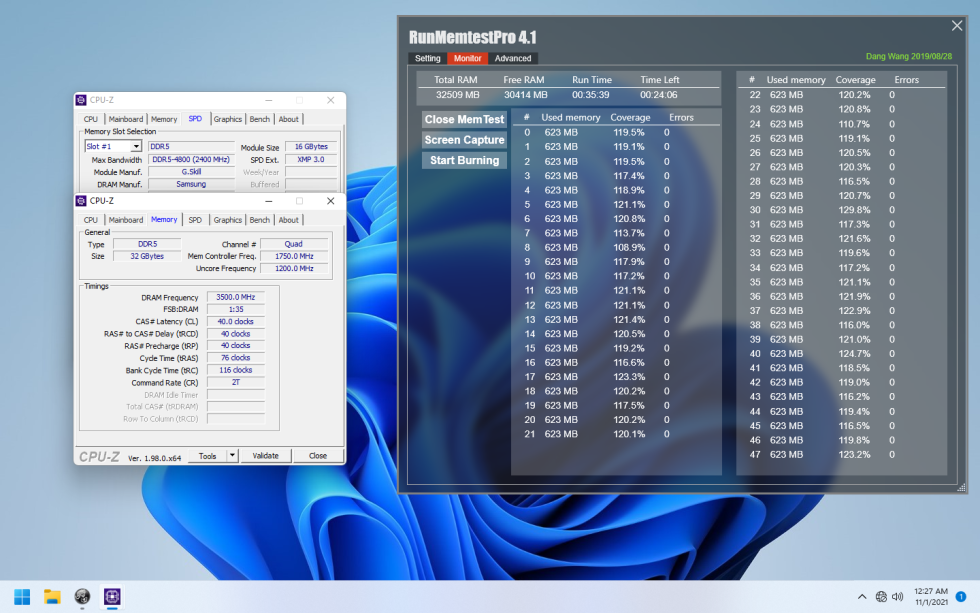
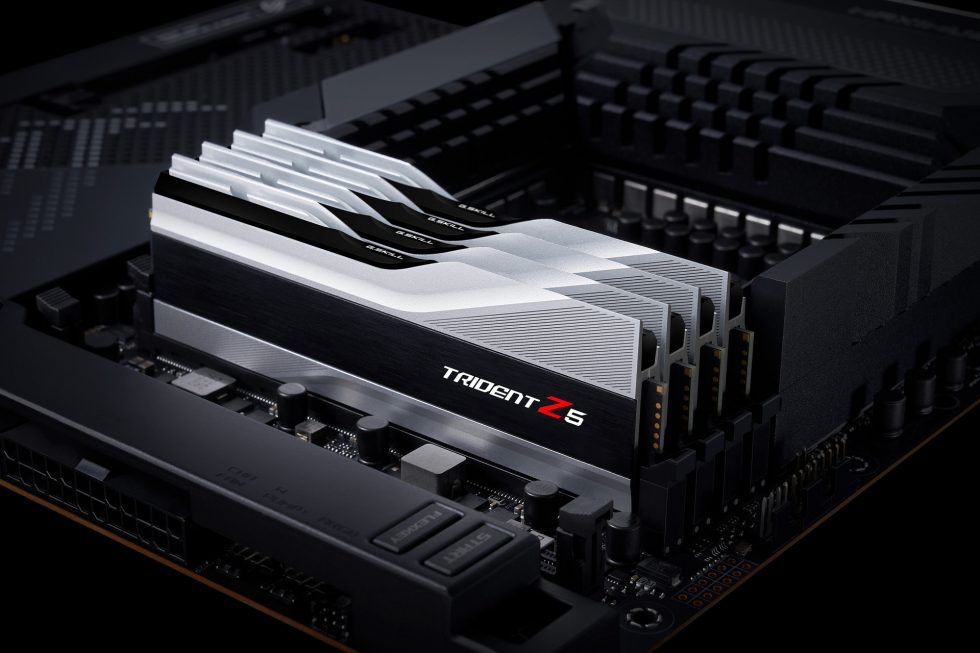
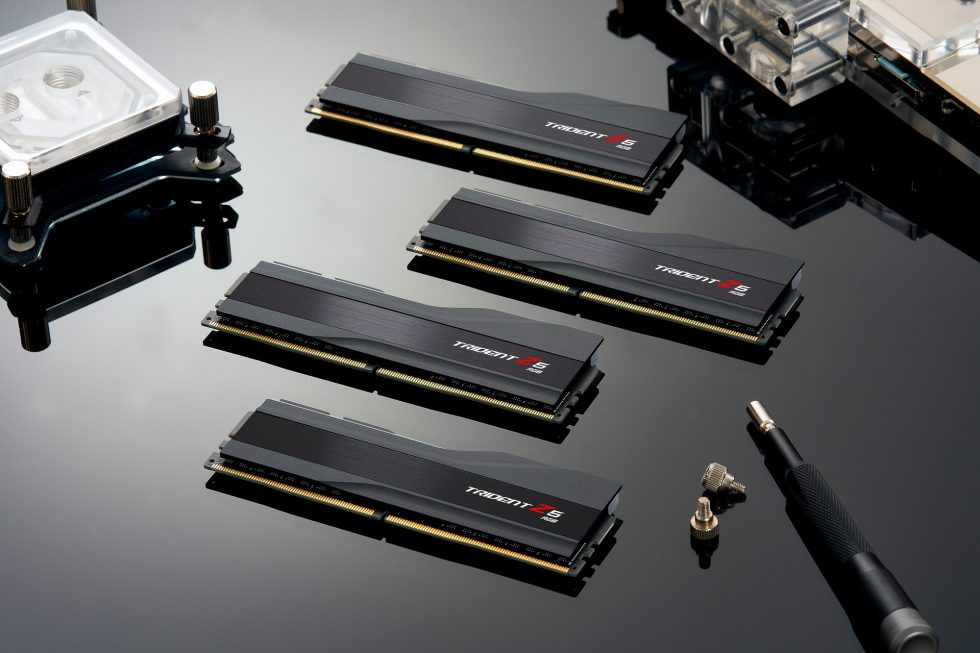

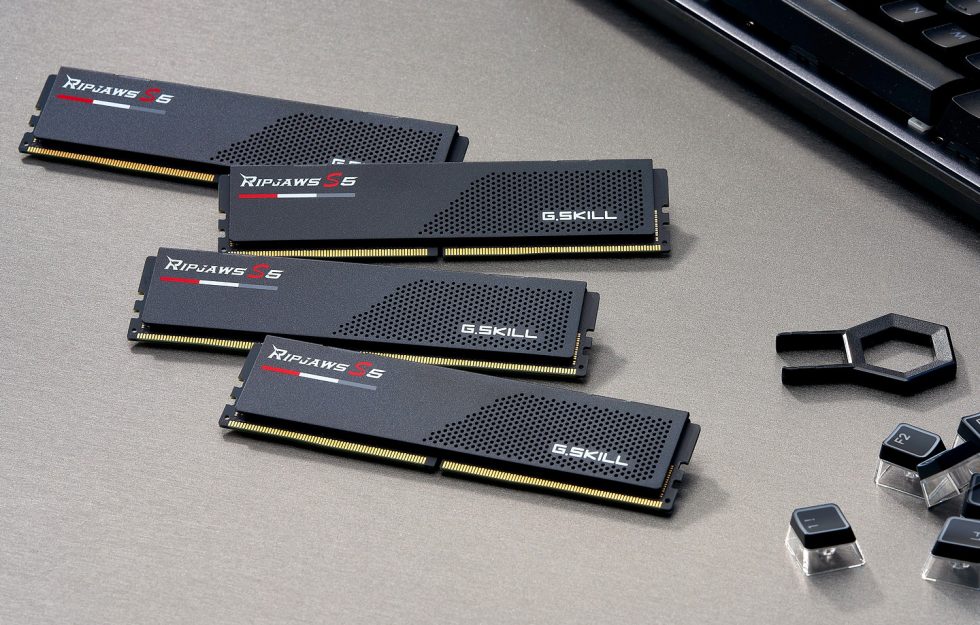
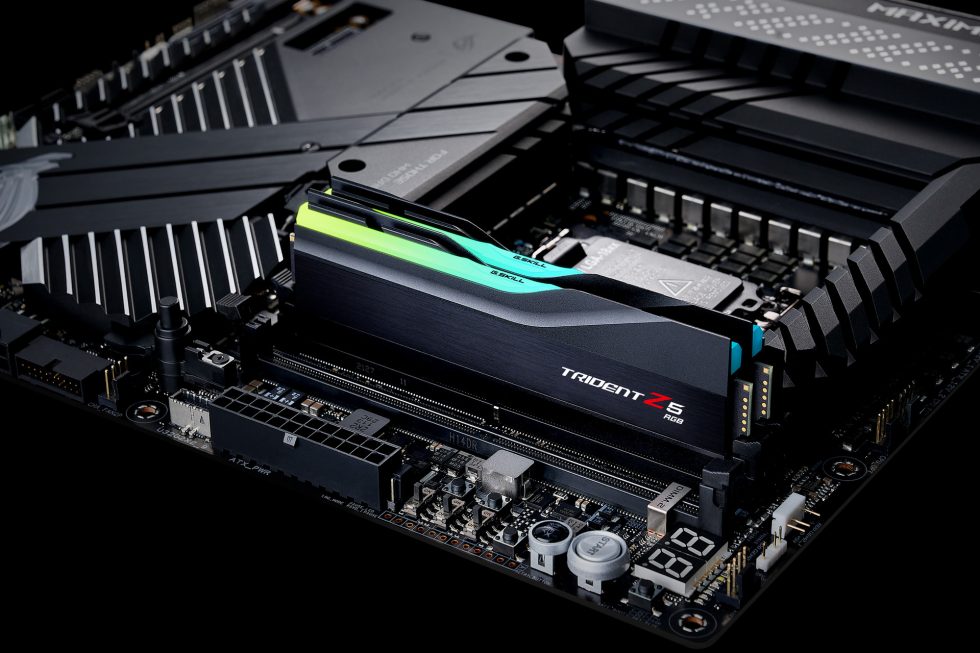

















8 Antworten
Kommentar
Lade neue Kommentare
Urgestein
Urgestein
Veteran
Urgestein
Mitglied
Mitglied
Neuling
Urgestein
Alle Kommentare lesen unter igor´sLAB Community →